Budleia: [Cultivation, Irrigation, Care, Pests and Diseases]
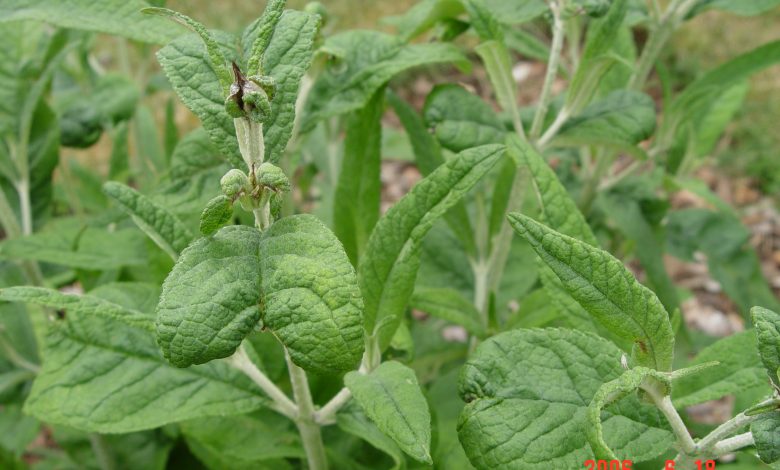
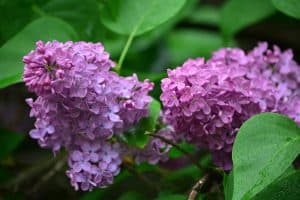 Buddleia or Buddleja is a genus that brings together approximately 100 species from North and South America, East and South Africa, as well as South Asia. Most of them are shrubs that do not exceed 5 meters in height.
Buddleia or Buddleja is a genus that brings together approximately 100 species from North and South America, East and South Africa, as well as South Asia. Most of them are shrubs that do not exceed 5 meters in height.
Some of the best known species within the genus are B. davidii, B. globosa and B. alternifolia. Although all species have characteristics in common, this article will focus on the davidii species, the most widely cultivated of the Buddleia.
Buddleja davidii is also known as butterfly bush because it often attracts butterflies, hummingbirds, and pollinating species to the area.
Although it is quite an attractive shrub for its ornamental value, its colonizing potential has led it to become a problem in several countries, since it competes with native, agricultural and forest species, spreading massively.
Important points when planting buddleja
- Scientific name: Buddleja davidii.
- Common name: Budleya, budelia, budleia, budleja or butterfly bush.
- Height: 1.5 to 4 meters.
- Light requirement: Direct light.
- Temperature: Temperate climate.
- Irrigation: Moderate.
- Fertilizer: Organic fertilizer.
What characteristics does the buddleja have?
Buddleias are large, dense, evergreen shrubs that can grow up to 5 meters tall. Both its structure and properties and functions tend to vary a little according to the environment due to its high degree of plasticity. The leaves of this plant are dark green.
They are opposite, lanceolate in shape, with a rough texture and serrated edges. They shed during the fall, but grow back and remain until the following spring. Buddleja flowers are very small and consist of 4 petals and lobes.

These bloom during the summer and are grouped in inflorescences or spikes that can measure up to 30 centimeters in length. They can be pink, orange, lilac or red. This shrub produces a fruit in the shape of a small brown capsule. Inside it houses numerous seeds that spread with the help of the wind.
When to plant buddleja?
The best time to sow buddleia from seed is in the spring, although it can also be done in the fall. In the case of growing by cuttings, this process should start during the summer.
Where to plant buddleja?
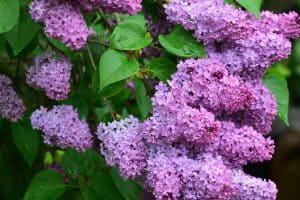 The buddleja bush should be planted in a sunny location, where it can receive direct sunlight for most of the day, either in a pot or on the ground.
The buddleja bush should be planted in a sunny location, where it can receive direct sunlight for most of the day, either in a pot or on the ground.
It is important to protect it from strong gusts of wind as it could be uprooted.
It should be located in spacious areas, keeping a distance of 1 to 3 meters to allow it to grow and also to allow neighboring species to develop without problems.
Likewise, buddleia grows in areas with a temperate or Mediterranean climate where temperatures are above 6ºC, with 25ºC being the optimum temperature for cultivation.
How to prepare the land?
Buddleja will establish itself in almost any type of soil, but prefers those that are light, medium, or heavy in texture, as long as they are well drained. It grows in acid and alkaline soils, with a pH of 6 to 7, although it can tolerate levels up to 8.9.
It is tolerant to poor and sterile soils, so fertilization is not essential. In fact, the excess of nutrients slows down the production of flowers and favors the growth of leaves. Organic fertilizer can be applied until a balanced substrate is obtained.
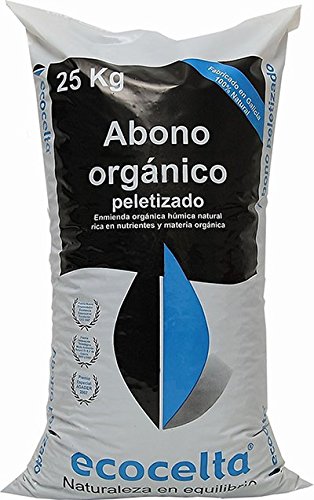
In the event that the soil is of the clay type, it is advisable to add organic material, or to raise the level of the bed above the rest of the garden to avoid the accumulation of water.

How do we water the buddleja?
Although the buddleia is tolerant to water scarcity, it does not support prolonged droughts, for that reason it needs regular and moderate watering, especially in dry climates and during its young stage. Once it is established, its water needs are reduced.
How often do we water the buddleja?
If the buddleia is in a pot, we must 1 time a day. If it is in the ground, it should receive a thorough watering every 2 weeks, mainly during hot and dry seasons.

How to plant a buddleja step by step?
The buddleja reproduces easily from sections of stems and roots. The propagation steps are shared below.
by seed
- The seeds need to be treated by cold stratification. They must first be moistened and then stored at temperatures of 4ºC, for a period of 4 weeks.
- After stratification, place the seeds in a container with homemade organic matter such as compost, at a temperature of 21ºC to 26ºC, in a lighted place and wait for them to germinate.
- After 2 or 3 true leaves have sprouted from the seedling, move them outside, after the last frost.
- Dig a hole twice the diameter of the plant container and place it leveling the height of the root ball with the soil surface.
- Cover the edges of the plant with substrate and water abundantly, without flooding.
by cutting
- Cut a section 10 to 15 centimeters in length, below a branch node.
- Remove the lower leaves and treat the section with rooting hormones (IBA).
- Introduce the cutting in a pot with a mixture of compost and horticultural sand.
- Keep the substrate moist and wait for the cutting to produce roots and develop to transplant it to its final site following the same procedure as for the seeds.
What care does the buddleja need?
The buddleja requires little care. However, it is advisable to prune every year, during the winter, to favor the growth of new shoots. In case spread control is needed, inflorescences can be cut during the fall.

What pests and diseases affect the buddleja?
The leaves of the buddleia tree often attract insects such as aphids, spider mites, whiteflies, snails, and slugs.
The presence of specialized insects such as weevils, Gymnaetron tetrum, Cleopus japonicus, Mecysolobus erro, Amauromyza verbasci, as well as the leaf bug, Campylomma verbasci, have also been reported.
Although several of these insects can cause defoliation, buddleia compensates for this loss by producing larger leaves for longer. However, seed production declines.

How long does budleia live?
It has a variable longevity depending on the sowing characteristics. This can go from 30 to 100 years.
How long does budleia take to grow?
It grows quickly and in about 6 or 7 years it will be an adult specimen.
How long does it take to produce fruit?
From the third year of life it will already be able to flower and produce fruit. Sometimes it takes a little longer.
Can it be grown in a pot?
Yes, it can be grown in a pot, although this will have a negative impact on its size and flowering capacity.
How many times does budleia produce fruit?
It has a single annual production of flowers and fruits.
Should budleia be pollinated to obtain fruit?
It does pollinate thanks to the intervention of pollinating insects.
One of the favorites of this species are butterflies, which are very attracted to its pronounced colors.
In fact, one of the common names given to it is butterfly flower.
How cold can budleia tolerate?
The species must be kept in an area with mild climates. Below 6°C it will be too much for her and she will suffer.
How many budleias can be planted per hectare?
It is not usually planted in hectares because its fruits have no commercial value. However, due to its dimensions, there could be more than 10 thousand copies.
What type of fertilizer does budleia need?
You can work with an organic fertilizer or, failing that, with a fertilizer for flowering plants that will be useful when planted in pots.
How much heat and/or drought can budleia tolerate?
It does not support extreme heat. Its ideal temperature is 25° C, so it is recommended not to exceed 30° C.
It does not tolerate drought either, so it must have a constant rate of watering, especially in summer.
References
- https://ucanr.edu/sites/CalaverasCountyMasterGardeners/files/175303.pdf
- http://hort.ufl.edu/shrubs/BUDSPPA.PDF
- http://www.lifemedwetrivers.eu/sites/default/files/documentos/29_buddleja_davidii.pdf
- https://www.cabi.org/isc/datasheet/10314#tosummaryOfInvasiveness
- https://www.unavarra.es/herbario/invasoras/htm/Budd_davi_i.htm
- https://en.wikipedia.org/wiki/Buddleja_davidii
- https://ucanr.edu/sites/CalaverasCountyMasterGardeners/files/175303.pdf
- http://hort.ufl.edu/shrubs/BUDSPPA.PDF
- https://www.plantdelights.com/blogs/articles/butterfly-bush-buddleia-davidii-plant-buddleja

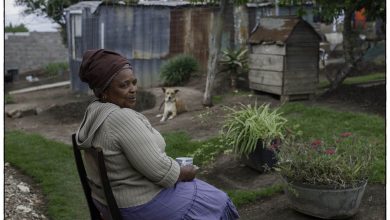
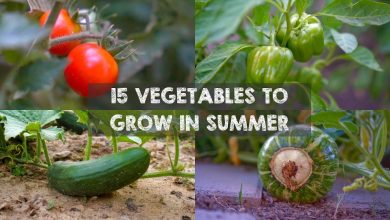

![Photo of Pruning an Iresine: [Importance, Season, Tools, Considerations and Steps]](https://www.complete-gardening.com/wp-content/uploads/2022/08/pruning-an-iresine-importance-season-tools-considerations-and-steps-390x220.jpg)